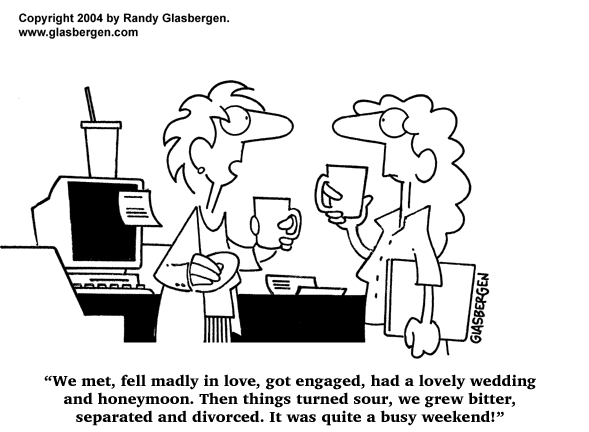Much of any society’s view of law and justice is strongly influenced by their mainstream religious worldview. Regardless of how secular the style of a law code is, the concepts and philosophies behind any particular law code have strong roots in a culture’s religious worldview. The religious worldview of ancient Hebrews is clearly demonstrated in the Covenant Code found in Exodus, and was a major departure from the common law codes active at the time, an influence that persists in modern day laws.
Wednesday, November 30, 2005
Monday, November 28, 2005
The Hebrew Influence on Modern Laws
Much of any society’s view of law and justice is strongly influenced by their mainstream religious worldview. Regardless of how secular the style of a law code is, the concepts and philosophies behind any particular law code has strong roots in a culture’s religious worldview. The laws of some cultures, especially Islamic countries, have obvious religious roots, while others view their laws as strictly secular. In the United States, while priding ourselves on a strongly secular code of law, it is popularly recognized that the origins of much of our law is Christian, but in fact the roots are far more Hebrew/Jewish than Christian.
Monday, August 1, 2005
A Knock at the Door
It's Friday night, and I sit down after my very-off-key Karaoke rendition of "YMCA" at Makenna's Saloon, one of my small-town's few places to socialize. I look around at the crowd: all people I know, most drunk or well on the way. Maggie, the bartender, seeing I'm drinking Diet Coke as usual, catches my eye with the dim hope that I will offer to drive someone, anyone, home. But she doesn't ask, she knows I won't, and she knows why. She doesn't blame me: she won't either.
Wednesday, June 22, 2005
A Busy Weekend

Cartoonist Randy Glasbergen, creator of the syndicated comic strip, “The Better Half,” amongst others, has made a successful career parodying the institute of marriage in comics and cartoons. While his creations cover many topics related to marriage, one of his most common themes is lack of knowledge and communication about each other before marrying. In one of Glasbergen’s cartoons (pictured left), two women, apparently co-workers, are discussing their weekend. One relates to a coworker how she met a wonderful man, “fell madly in love, got engaged, had a lovely wedding and honeymoon. Then things turned sour, we grew bitter, separated and divorced. It was quite a busy weekend!” (Glasbergen). Combined with the casual, nonchalant atmosphere of the cartoon, these two simple, small sentences succinctly and effectively depict many of the problems in how couples approach marriage today.
Thursday, March 3, 2005
Hungry for a Meaningful Life
In Franz Kafka’s “A Hunger Artist,” the main character spends his life as a Hunger Artist, moving from town to town performing his “art” of fasting. At first, the public is fascinated with him and his performances; he is celebrated and idolized as he slowly starves himself in a straw-filled cage. Over time, the public loses interest and moves on to newer interests yet the Hunger Artist continues to perform, albeit to an almost non-existent audience, until the day he dies. Through the character of the Hunger Artist, Kafka explores suffering as art, a meaningful life, and the meaning of humanity itself. Uses Irony Suggests that “normal” people can never fully understand Artists and their art. Presents a metaphor that all life is ultimately meaningless. Through the character of the Hunger Artist, Kafka puts forth the idea that we all live life in a cage of our own choosing.
Subscribe to:
Comments (Atom)